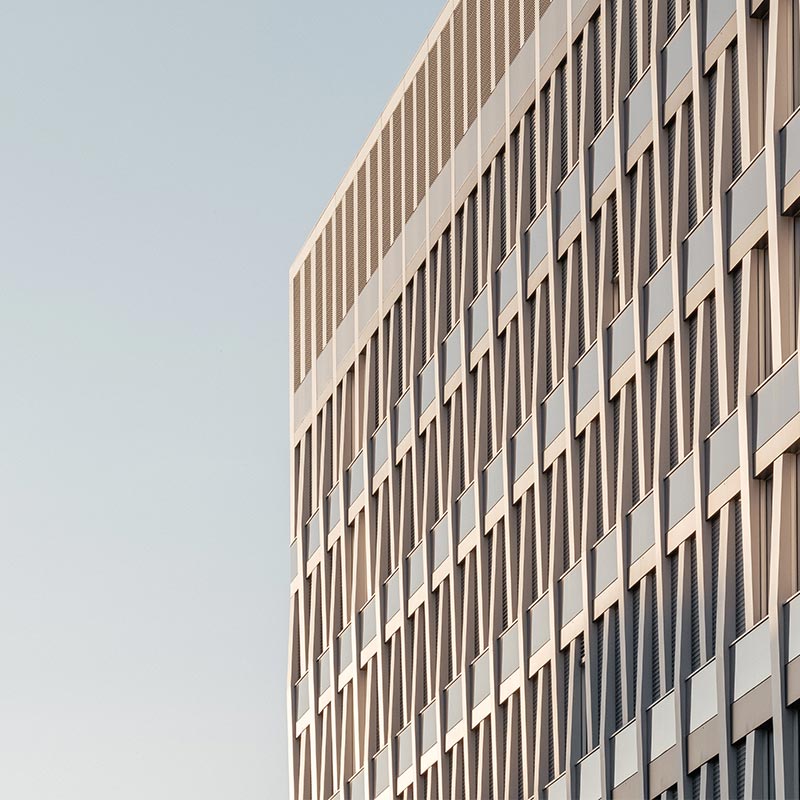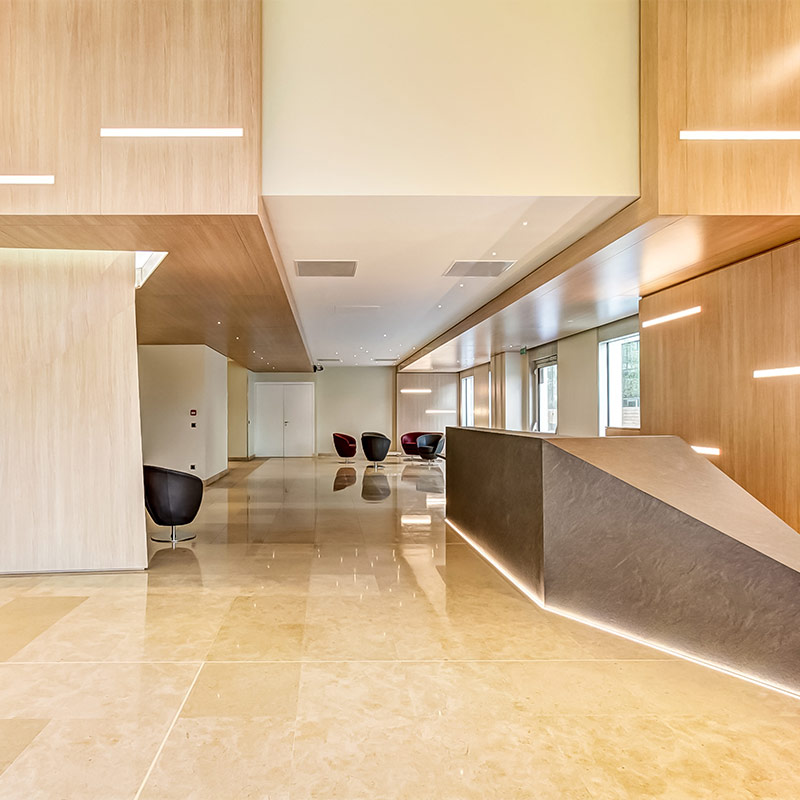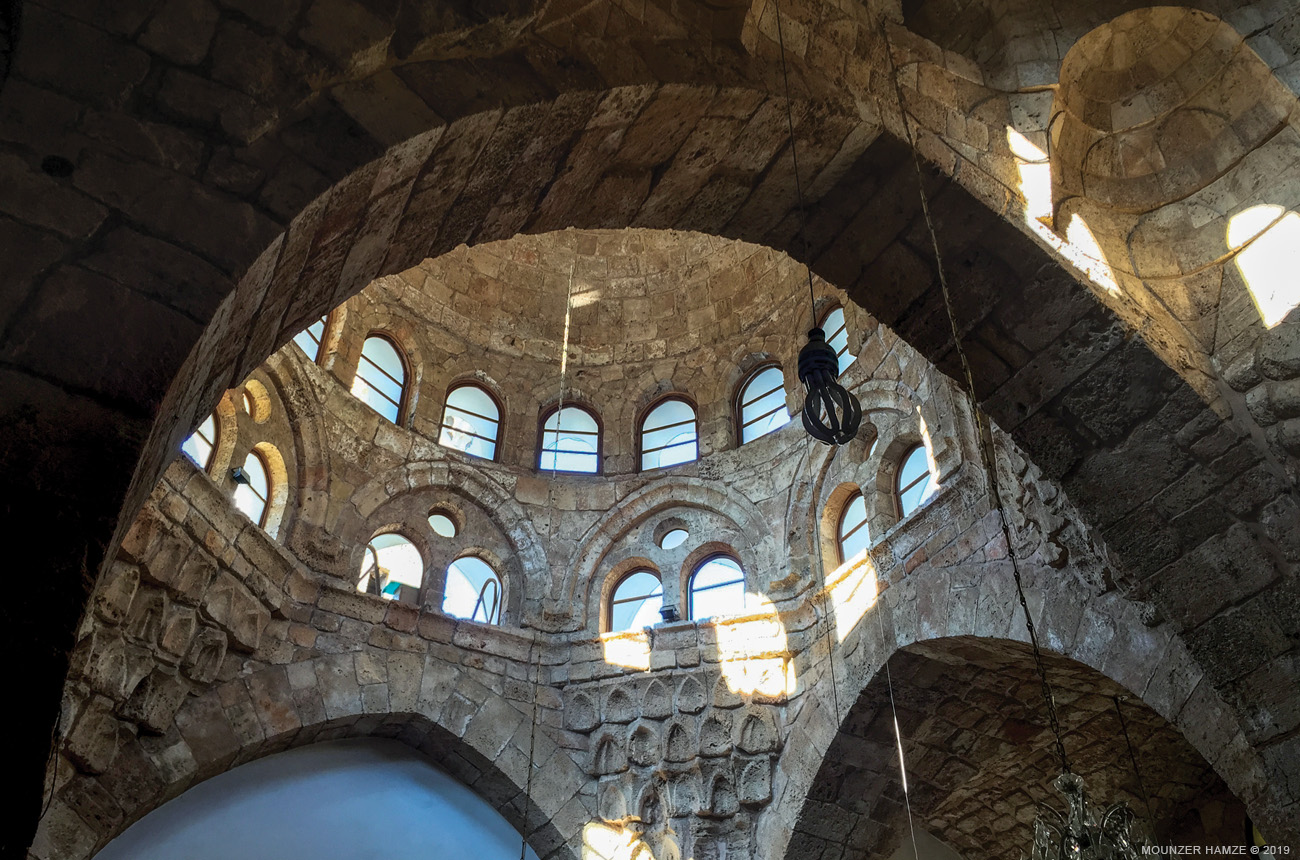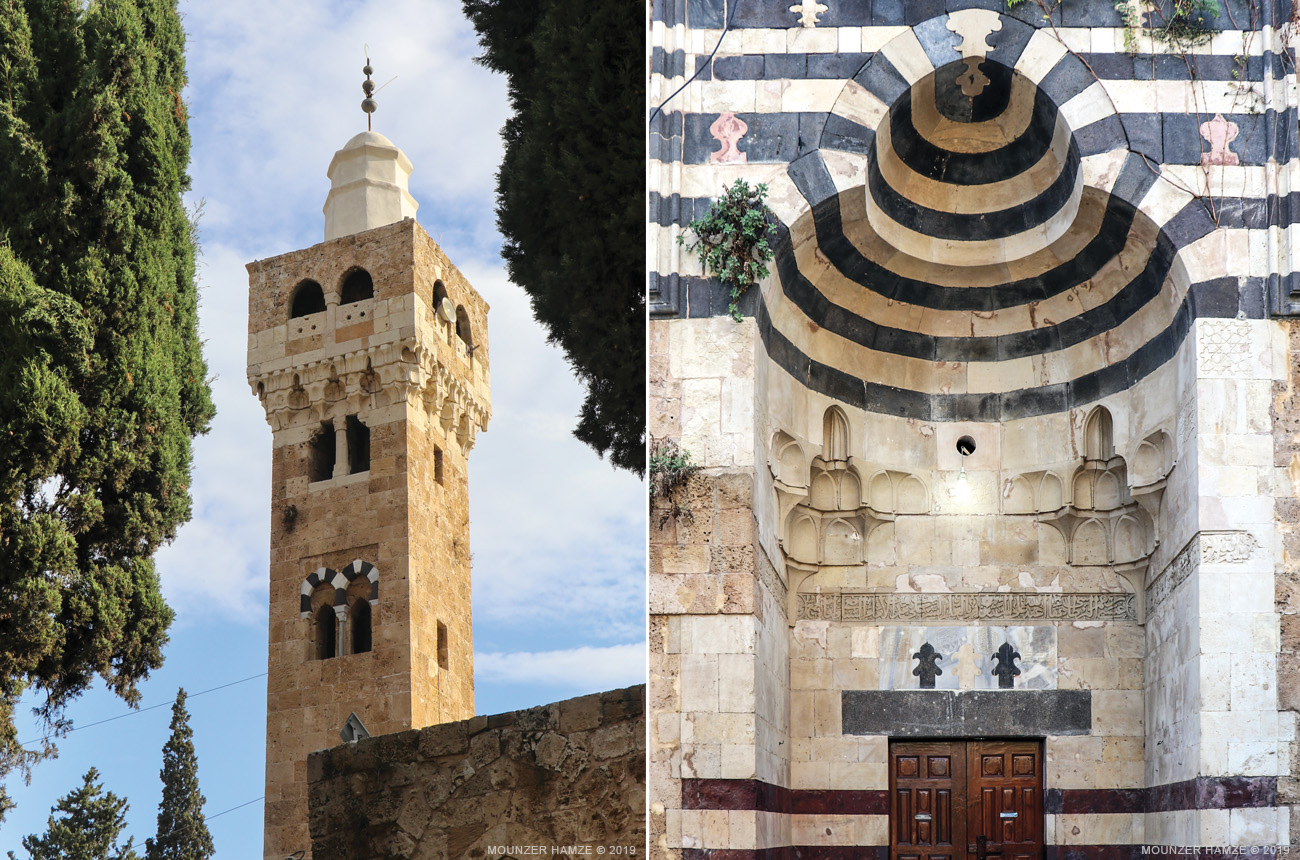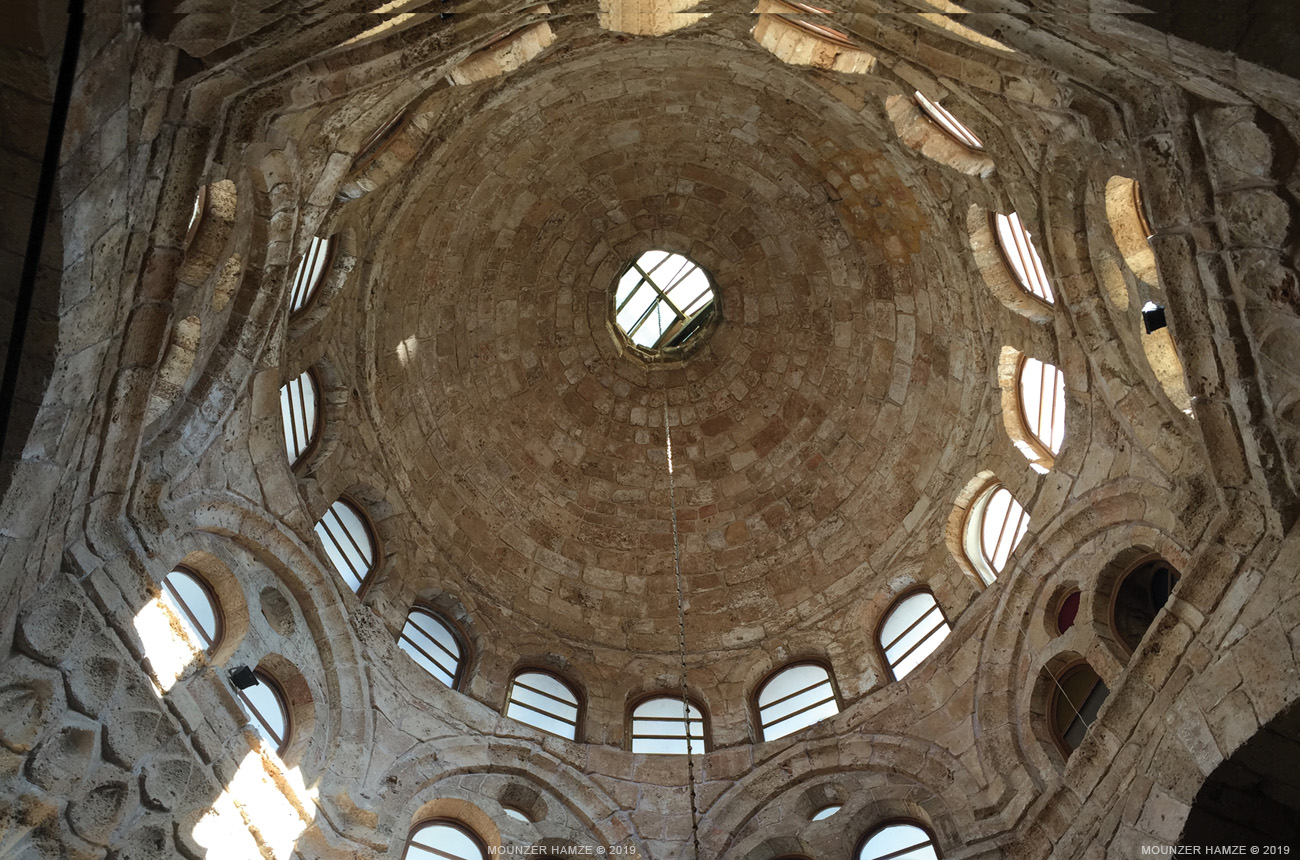Built during the Mamluk era in the eighth century Hijri / 14th century AD by Issa ibn Omar Al-Bartasi to serve as a school for teaching students religion on the Shafi’i principles and for Friday prayers; it stands on the banks of Abu Ali River with a captivating edifice that had always inspired 19th-century European travelers and artists who sketched it with its surroundings as a representation of the enchanting East.
It is characterized by an arc-shaped minaret and clear Byzantine and Andalusian architectural influences.
The mosque is topped by three domes; the largest is the middle dome above the ablution basin, a smaller dome above the niche, and the smallest is a third dome east of the minaret.
Minaret and architectural challenge
The Mamluks built the minaret of this mosque-school seven hundred years ago and presented an architectural and structural model that preceded the era which constituted a clear miracle manifested in the construction of the huge minaret above the entrance hall of the mosque, carrying an arc that helps transferring this colossal weight to the edges. This minaret has survived several earthquakes which hit the city in previous centuries. It is believed that this minaret’s architect is of Andalusian origin, evident in Andalusian architecture details of the double window. (In the Mamluks era Andalusia fell and its engineers and craftsmen moved to the Arab World with their art and architecture.)
